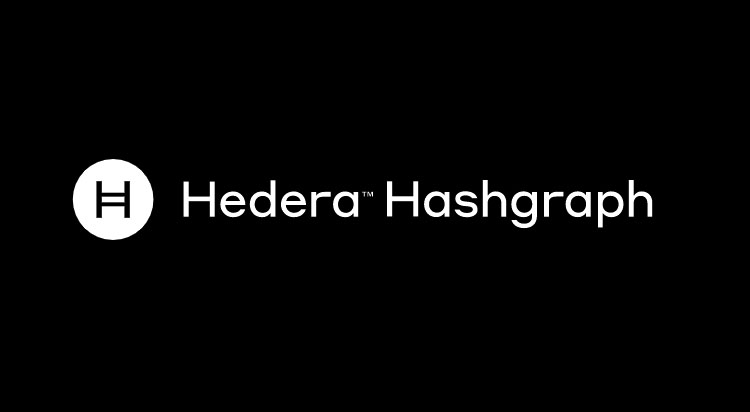Hedera Hashgraph, an enterprise-grade public distributed ledger platform, today announced that Open Access (OA) to its mainnet beta will occur on Monday, September 16th, 2019, allowing any developer from the general public to create an account and build decentralized applications (dApps) on the Hedera Hashgraph platform.
OA also marks the beginning of Hedera’s strategic 15-year coin distribution, with HBAR tokens beginning to be released to participants in Simple Agreements for Future Tokens (SAFTs) offerings, through which the company raised $124 million USD in 2018.
In addition, Hedera today announced that it has open-sourced its mirror node code, so that anyone who wants to run a mirror node can do so. Mirror nodes on the Hedera network provide access to all consensus decisions and the state of the ledger. While they do not participate in consensus, mirror nodes can provide a public record of transactions and the state. In addition, mirror nodes offer flexibility for the owner to choose what to store and for how long.
“With Open Access, we are excited to welcome any and all to join the hundreds of third-party developers already building decentralized applications on our platform. Open Access also marks the next step in our journey to become the industry’s most decentralized, permissionless, public network. At the same time that our mirror nodes are becoming open source and accessible to all, we’re also beginning a careful, responsible coin distribution process.”
– Mance Harmon, Co-Founder, and CEO of Hedera Hashgraph
HBAR
After OA, the first distribution of HBAR coins will also be released to SAFT purchasers. In order to become the most decentralized public permissionless network at scale, Hedera Hashgraph is taking a strategic approach with a long term, 15-year coin distribution schedule of its total coin supply.
As it stands, Hedera Hashgraph is a public permissioned network, meaning that while anyone can build on the platform, only certain parties are eligible to run nodes, manage consensus, and maintain the network. In order to transition into a public, permissionless network, where users who stake their coins can choose to become nodes, Hedera is distributing coins in tranches over a long period.
The aim of this distribution schedule is to prevent malicious actors from cornering the market on coins, which would enable them to monopolize ownership of nodes, in turn damaging network security. Hedera today also published a Coin Economics paper, explaining in further detail the role that the cryptocurrency plays in securing the network, and how it will be distributed.
“The creation of the trust layer of the internet requires a measured, long-term rollout with responsible stewards, empowered individuals, and a slow coin distribution. Hedera Hashgraph is taking a thoughtful approach to this deployment and we see interest in our protocol by both enterprises and developers as a strong endorsement of our strategy.”
– Leemon Baird, Co-Founder and Chief Scientist of Hedera Hashgraph
At OA, the Hedera Hashgraph network will offer three services:
1) Cryptocurrency – throttled to 10,000 transactions per second
2) Smart Contract
3) File Service – both throttled to 10 transactions per second to start and increasing systematically throughout the remainder of 2019.
While Hedera is seeing faster speeds in testing, the throttling is designed to similarly roll out network services in a measured, responsible way, and Hedera plans to increase speed methodically in the coming months. The recently announced Hedera Consensus Service is expected to deliver similar performance as the cryptocurrency service and will be publicly available later this year.
